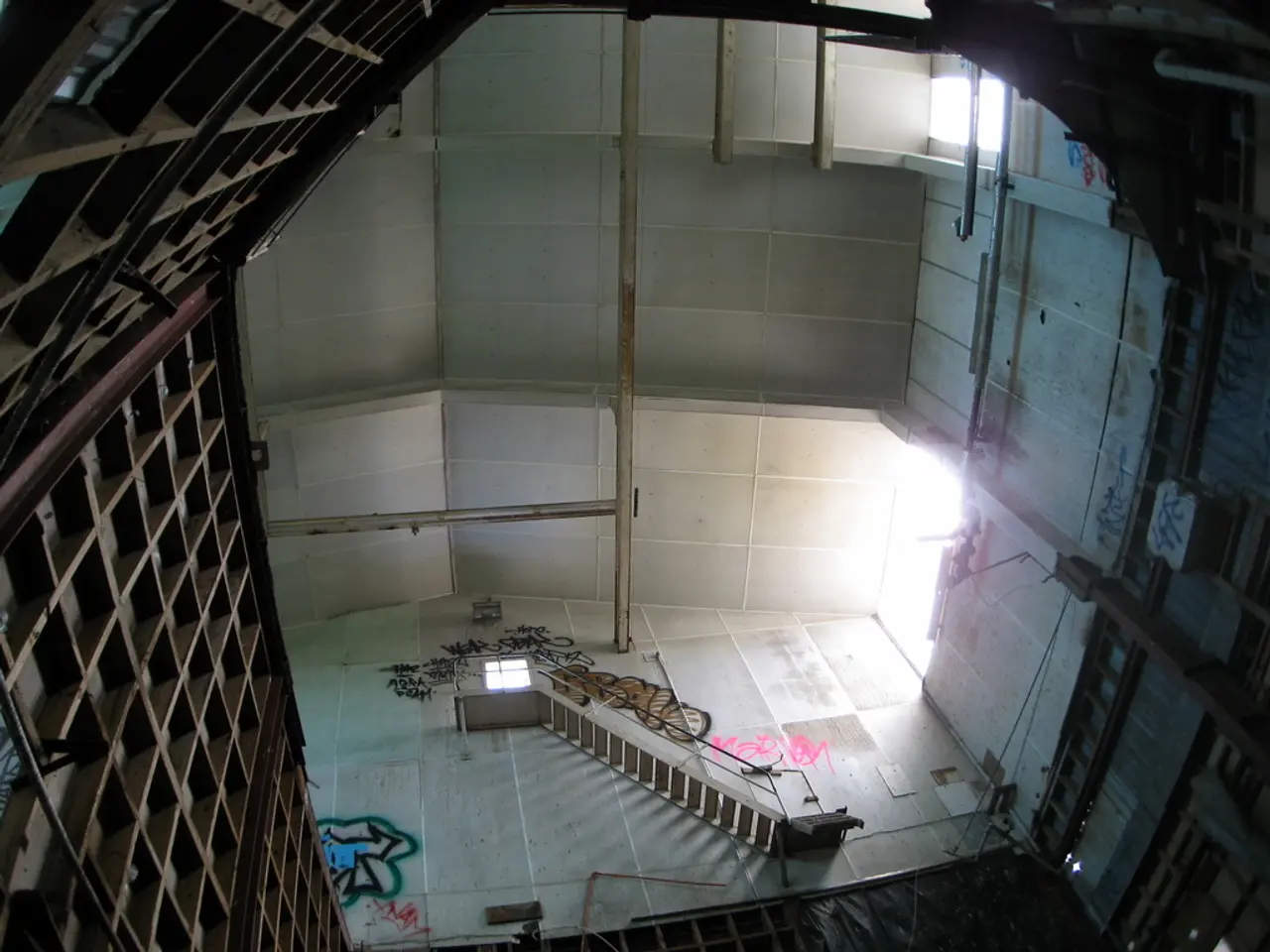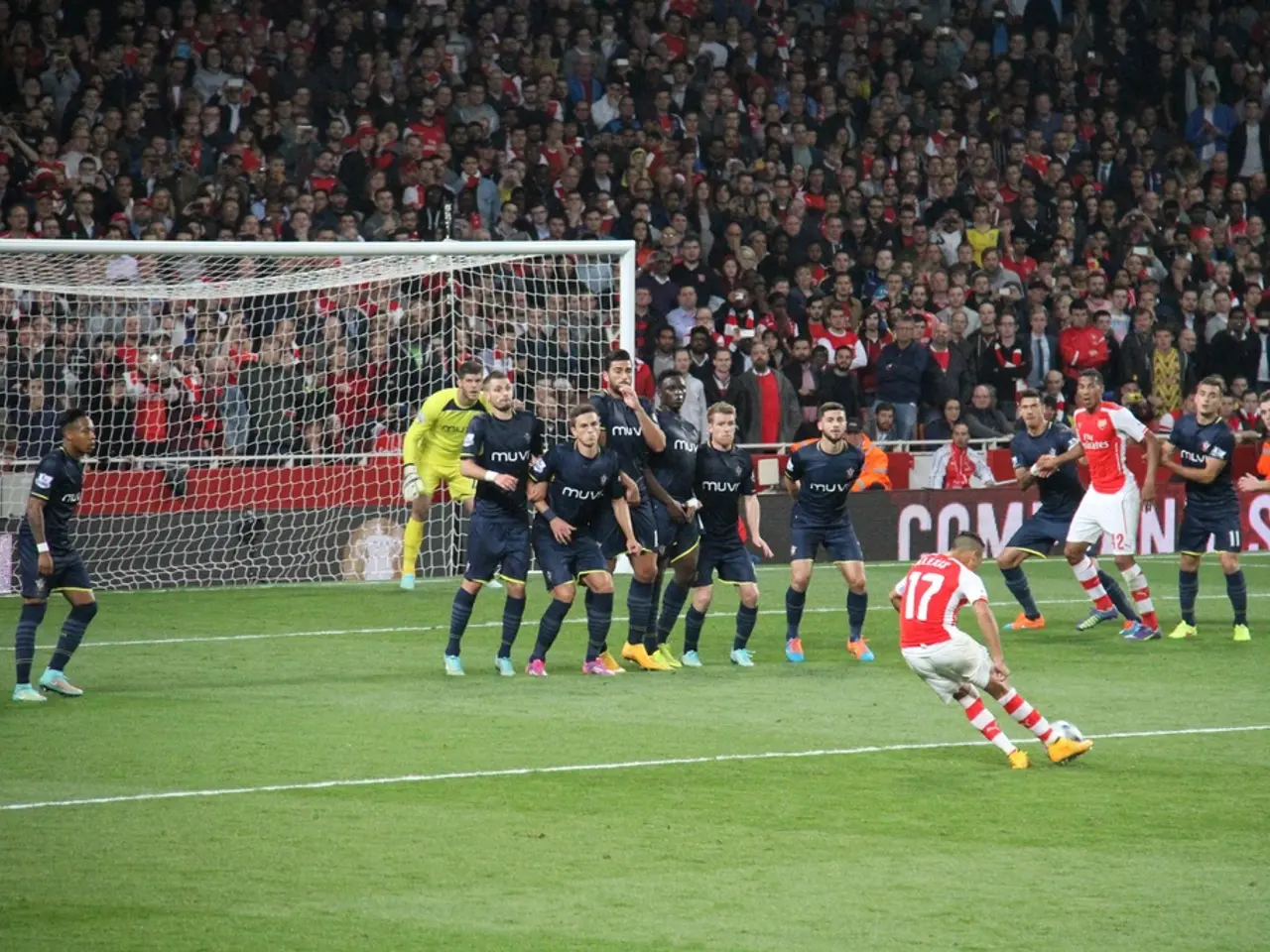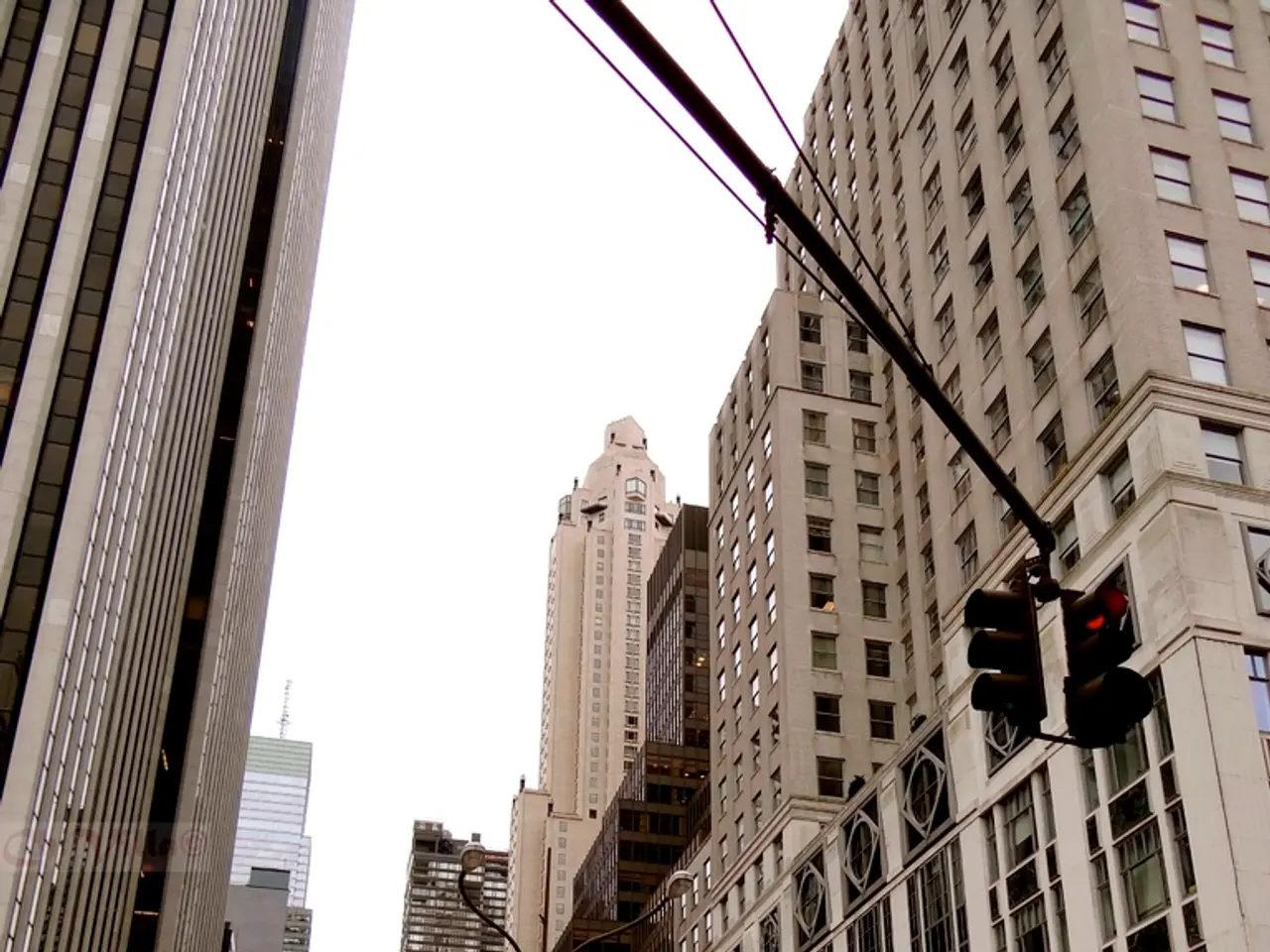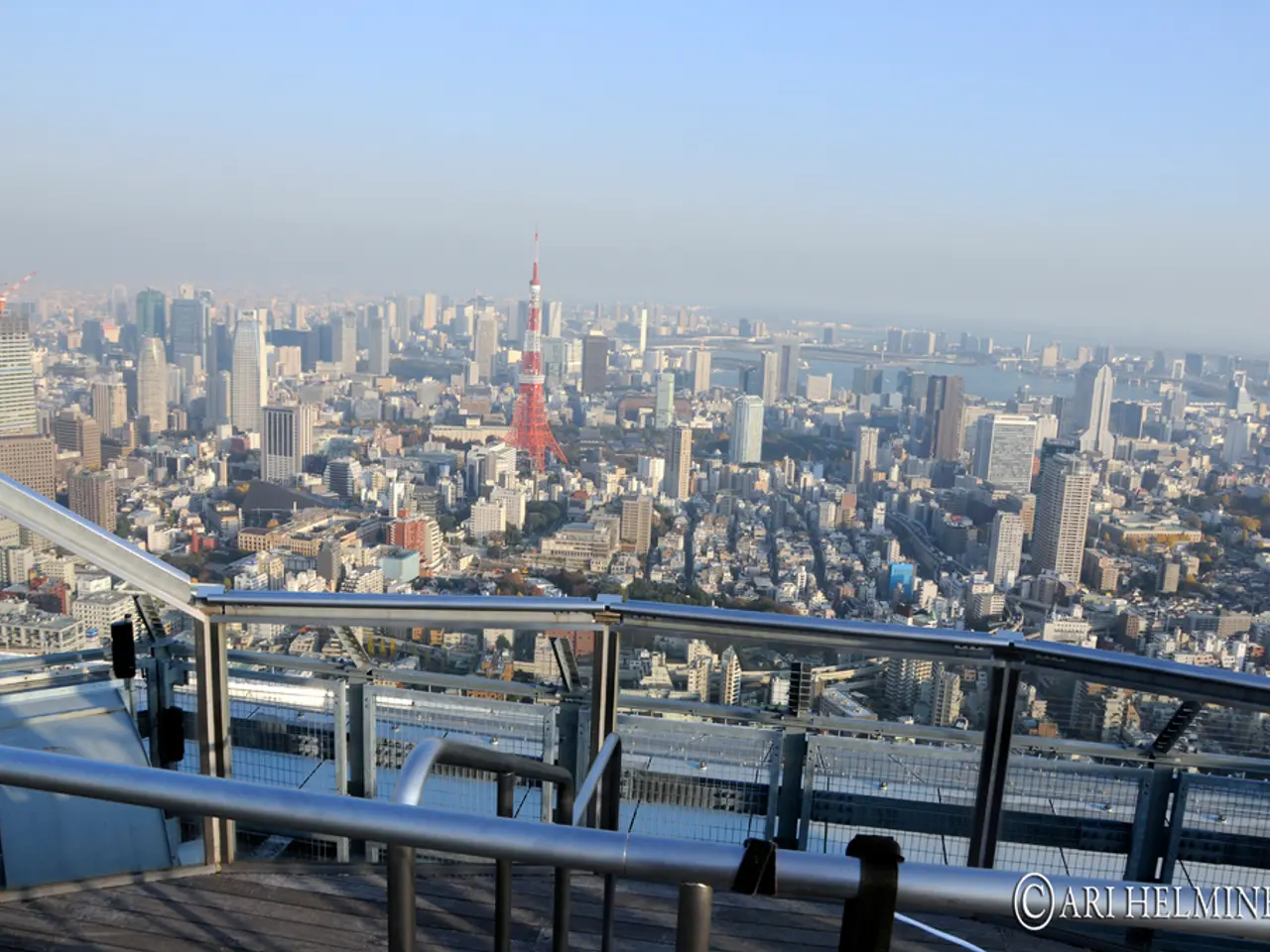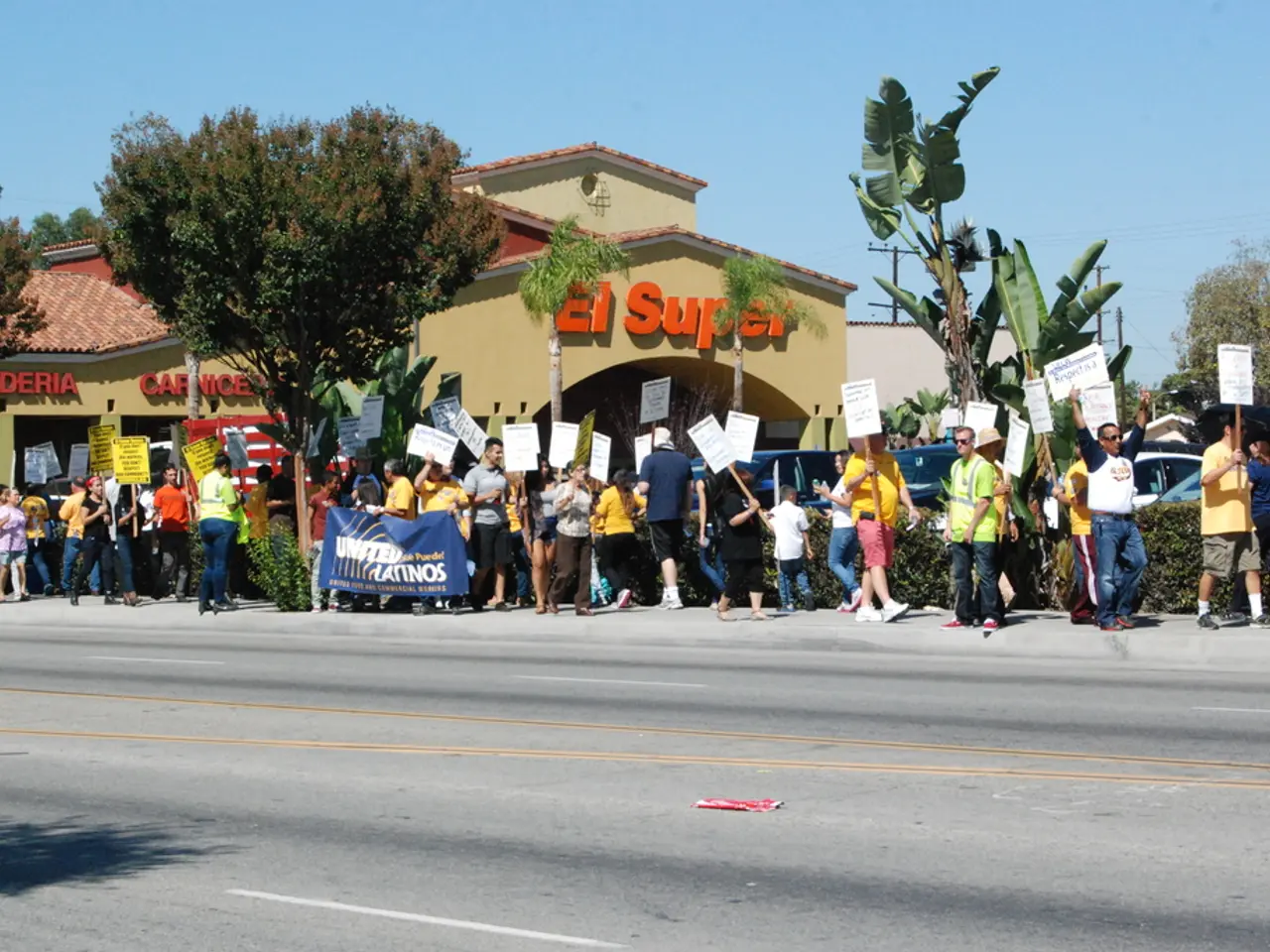Rising Iron Ore Prices Propelled by Robust Chinese Steel Demand and Production Limitations
In a significant development for the global steel industry, iron ore prices have experienced a dramatic surge in Singapore and other major markets, driven primarily by China's ongoing efforts to curb steel production and stabilise its economy.
Iron ore futures on the Singapore Exchange and China's Dalian Commodity Exchange have risen sharply, with benchmark prices reaching their highest levels since late May. As of early July 2025, iron ore prices in Singapore climbed close to $98 per ton, while in China, the Dalian Commodity Exchange futures passed 750 yuan/mt and continued to rise daily by around 2% or more.
The price rally is largely attributed to China's strong steel demand combined with expectations of steel production curbs enacted by Chinese authorities. Recent reforms aim to limit steel output in key regions, such as Tangshan and Shandong, to reduce environmental impact and stabilise markets. These production cuts create tighter demand for iron ore relative to supply, pushing prices upward.
Despite the strong price momentum, steel mills in China are showing some resistance to actively buying at higher prices, leading to average transaction volumes. This cautious "wait-and-see" attitude suggests a balance between the imperative to maintain output and the desire to avoid paying too high a premium for raw materials.
On the supply side, no fundamental immediate shortages exist, but shipment declines from major exporters have been noted, expected to affect arrivals only by late July. Australia remains the dominant supplier to China, providing around 60% of its iron ore needs, but its iron ore is lower-grade and cannot be directly processed into steel with renewable energy.
Brazilian and African supplies also factor into global markets, but with some geopolitical and logistical considerations influencing flows. Other steelmaking ingredients on the DCE, such as coking coal and coke, have decreased, reflecting overall optimism about steel production adjustments and possible Chinese economic stimulus that could boost demand further.
Key steel producing regions, such as Shanxi and Tangshan, have started implementing output restrictions. Despite this, most steel benchmarks on the Shanghai Futures Exchange have gained ground, with rebar increasing 0.26%, hot-rolled coil climbing 0.68%, wire rod rising 0.39%, and stainless steel losing 0.08%.
Rio Tinto, one of the world's largest iron ore producers, missed analyst forecasts due to weather-related disruptions, but posted its highest second-quarter iron ore output since 2018. BHP, another major player, states that the costs of establishing a "green iron" industry in Australia are still too high.
In conclusion, the recent iron ore price increases in Singapore and globally are primarily driven by China's ongoing steel production reforms aimed at curbing output, which tighten demand for iron ore, alongside solid steel demand fuelled by China's efforts to stabilise and stimulate its economy. While supply remains relatively stable, small shipment declines and evolving international supplier dynamics, including Australia's new reserves, contribute to the complex pricing environment.
Sports enthusiasts are advised to exercise caution when participating in high-intensity physical activities, as the surge in iron ore prices might lead to an increase in exercise equipment costs due to the raw materials used in manufacturing. The rise in prices, driven by China's steel production curbs and strong domestic demand, may also influence the supply of steel for sports infrastructure projects.
